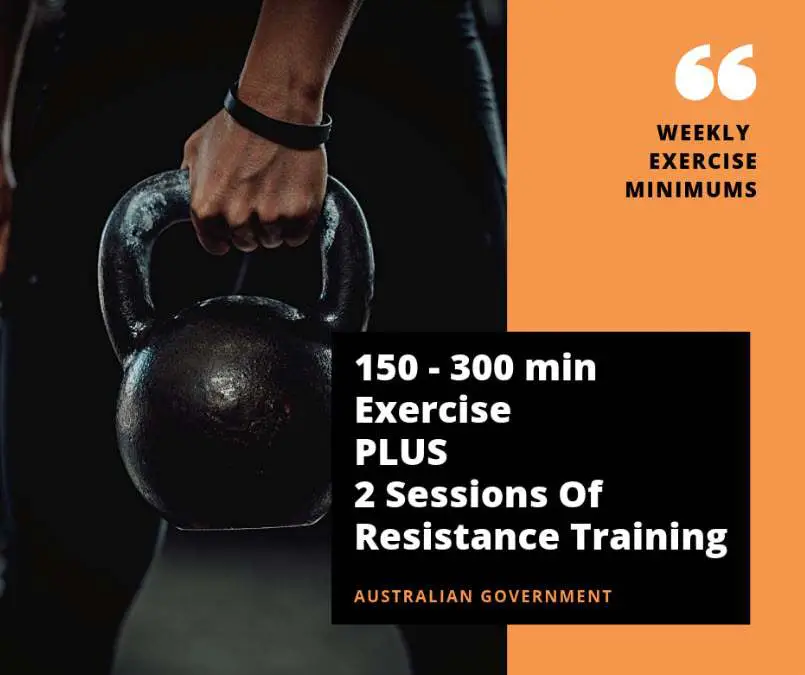Knee Pain Causes, Diagnosis and Treatment
The knee is comprised of two joints: the patellofemoral joint (behind the knee cap) and the tibiofemoral joint (thigh bone and shin bone).
Healthy knees are essential to everyday movements from selling candy in the forward pocket on a Saturday, helping you out of bed on a dusty Sunday morning to tearing up your salsa dance class on a Wednesday arvo.
Whether stopping you from exercising, making it difficult to get out of your chair or keeping you awake at night, knee pain can be frustrating and debilitating.
Knee pain is one of the most common issues we see here at PridePlus Health.
A thorough assessment, correct diagnosis and evidence based treatment program by one of our physios or podiatrists is essential in resolving knee pain and returning to normal function.
How Common is Knee Pain?
Knee pain is something that affects all age groups from adolescents to athletes and the elderly.
It is the second most common cause of musculoskeletal pain after low back pain. The most common cause of knee pain in the active population is due to patellofemoral pain (also known as runner’s knee) at a rate of approximately 25%.
In the elderly, osteoarthritis is the most common diagnosis of those with knee pain.
While this diagnosis is rare in people aged under 45, more than 25% of those over 65 report symptoms of OA. This rate is continually climbing. From 2005-06 to 2016-17 there was a 38% rise in the rate of total knee replacements for OA in Australia.



What causes Knee Pain?
Like most other joint issues, knee pain can be separated into two categories: an acute injury such as an ACL tear, or an overuse issue such as patellofemoral pain.
Although the location of pain is the knee itself, the actual cause of that pain may be due to multiple locations including the hip, back, ankle/foot and one/both of the joints in the knee.
The most common causes of knee pain are listed below:
- Patellofemoral pain (PFP)
- Osteoarthritis
- Meniscal injury or degeneration
- Ligament injury – ACL, PCL, MCL, LCL
- Iliotibial band syndrome (ITB)
- Bakers cyst
- Bursitis
- Hoffa’s fat pad syndrome
- Fracture
- Tendinopathy
- Dislocation/subluxation
- Referred pain from the hip or back
- Osgood schlatters disease (in adolescents)
Risk factors
Some risk factors are uncontrollable. These include age, being female (women get more pain than men) and other genetic factors.
Other risk factors can be modified. An example of this is excess weight: being overweight doubles a person’s risk of developing knee OA, while obesity increases the risk more than fourfold.
The main risk factors for developing knee pain are:
- Excess weight
- Lack of strength
- Poor exercise tolerance/participation
- Being female
- Genetic factors
- Previous joint injury or trauma
- Repetitive heavy joint loading tasks
- Having comorbidities such as back pain, diabetes, COPD, mental and behavioural conditions
Physiotherapy treatment for Knee Pain
Each case of knee pain should be expertly diagnosed and individually treated. Some treatments such as ACL rehab are more structured, whereas PFP is far more varied in its treatment approach and progress.
Acute pain will first focus on reducing the symptoms through things such as ice, compression, movement and taping.
More chronic knee issues will focus on load optimisation and strength.
This will often also involve strengthening the joints around the knee such as the back, hip and ankle/foot.
A sound part of all knee issues expert education provided to the patient, to not only understand their symptoms but to have clear knowledge of expectations and recovery timelines.
Physiotherapists are also highly skilled in referring appropriately on to GP’s, surgeons, dietitians and other health professionals.




